
General Medicine
General Medicine is the foundation of medical care, focusing on the prevention, diagnosis, and treatment of a wide range of health conditions affecting people of all ages. It encompasses a holistic approach to maintaining overall well-being and managing acute and chronic illnesses. A general medicine practitioner is often the first point of contact for patients, offering expert guidance, personalized treatment plans, and preventive care. From managing common conditions like colds, flu, and infections to addressing more complex issues like hypertension, diabetes, and respiratory disorders, general medicine ensures a thorough approach to healthcare.
Diabetes
Diabetes is a chronic medical condition characterized by high levels of sugar (glucose) in the blood. This condition arises either because the body cannot produce enough insulin, a hormone that regulates blood sugar, or because the body's cells do not respond properly to insulin. The body becomes resistant to insulin, and the pancreas cannot produce enough insulin to overcome this resistance. Most common in adults, but increasingly seen in children and adolescents due to rising obesity rates. Managed with lifestyle changes (diet, exercise), oral medications, and sometimes insulin.
Here are the main types of diabetes
- Type 1 Diabetes : An autoimmune condition where the body's immune system attacks the insulin-producing beta cells in the pancreas. People with Type 1 diabetes need to take insulin daily.
- Type 2 Diabetes : The most common form, occurring when the body becomes resistant to insulin or doesn't produce enough insulin. It can often be managed with lifestyle changes, oral medications, and sometimes insulin.
- Gestational Diabetes : Develops during pregnancy and usually disappears after giving birth, but it increases the risk of developing Type 2 diabetes later in life.

Dengue
Dengue is a mosquito-borne viral infection that can cause severe flu-like illness and, in some cases, can develop into a potentially lethal complication called severe dengue or dengue hemorrhagic fever. It is prevalent in tropical and subtropical regions around the world, particularly in urban and semi-urban areas.
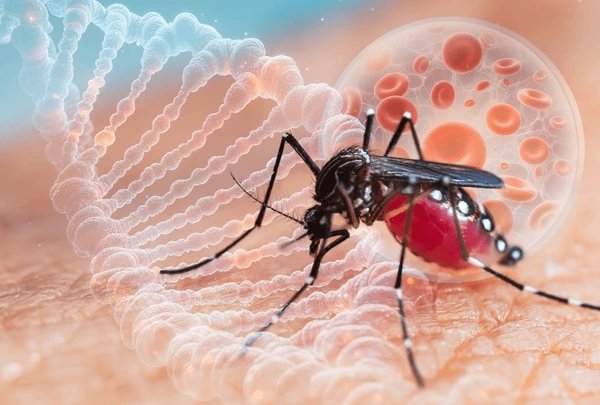
Causes and Transmission :
- Caused by the dengue virus, which is transmitted primarily by Aedes aegypti mosquitoes.
- Mosquitoes become infected when they bite a person already infected with the virus. Infected mosquitoes can then transmit the virus to other people through bites.
Severe Dengue :
- Symptoms include severe abdominal pain, persistent vomiting, rapid breathing, bleeding gums, fatigue, restlessness, and blood in vomit or stool.
- Severe dengue requires immediate medical attention as it can be life-threatening.
Typhoid
Typhoid fever is a bacterial infection caused by Salmonella enterica serotype Typhi (commonly referred to as Salmonella Typhi). It is transmitted through contaminated food and water and is more common in regions with poor sanitation and limited access to clean water.
Causes and Transmission :
- Ingesting food or water contaminated with the feces of an infected person.
- Direct person-to-person transmission is less common but possible through poor hand hygiene.
Diagnosis :
- Based on symptoms and travel history to endemic areas.
- Confirmed through laboratory tests, such as blood, stool, or urine cultures to detect Salmonella Typhi.

Malaria
Malaria is a life-threatening disease caused by parasites of the genus Plasmodium, which are transmitted to people through the bites of infected female Anopheles mosquitoes. There are five parasite species that cause malaria in humans, with Plasmodium falciparum and Plasmodium vivax being the most common and dangerous.
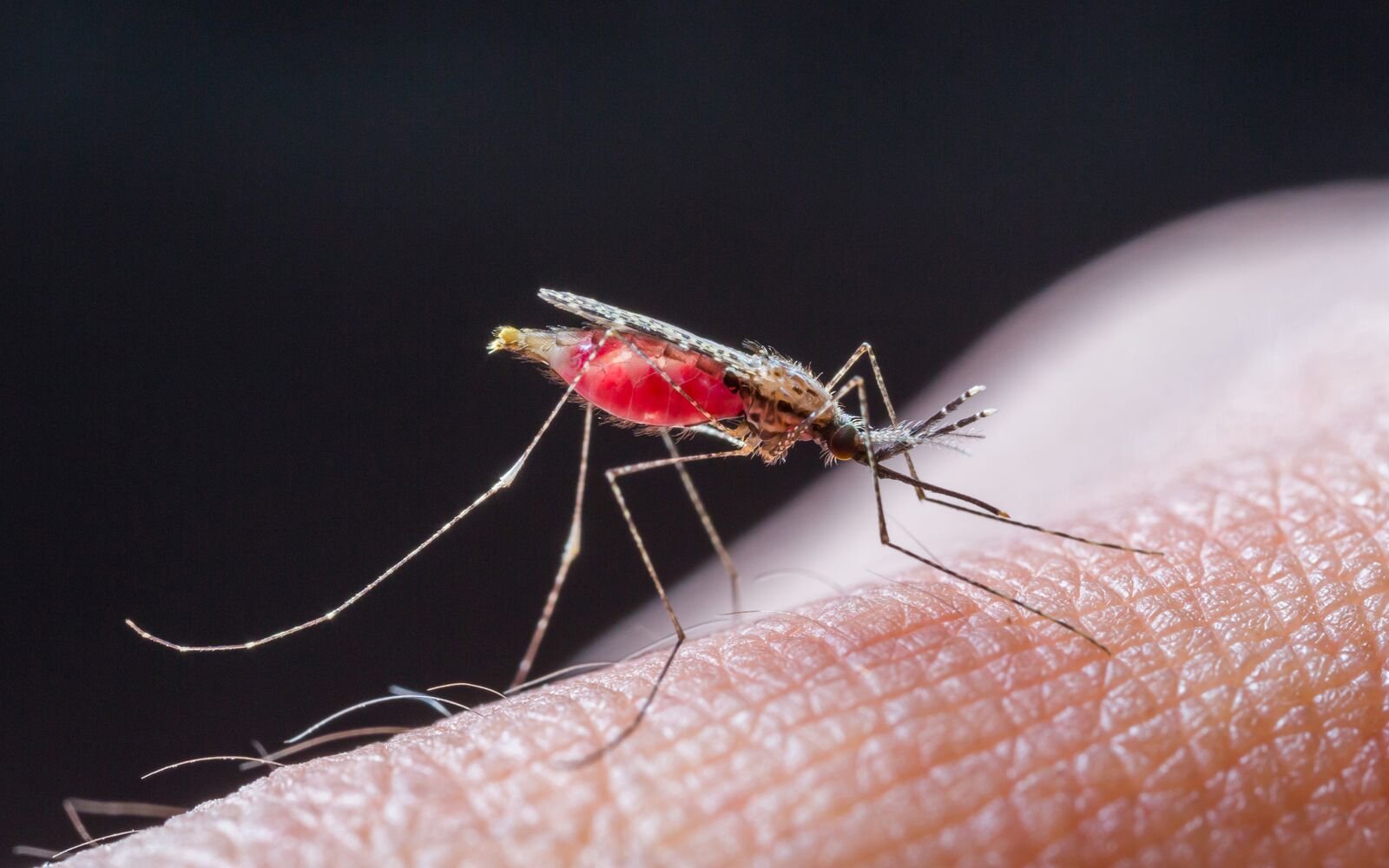
Causes and Transmission :
- Parasites : The five Plasmodium species are P. falciparum, P. vivax, P. ovale, P. malariae, and P. knowlesi.
- Transmission : When an infected Anopheles mosquito bites a person, the parasites are transferred from the mosquito's saliva into the person's bloodstream.
Diagnosis :
- Based on symptoms and travel history to endemic areas.
- Confirmed through laboratory tests, such as blood, stool, or urine cultures to detect Salmonella Typhi.
Fever
Fever is a temporary increase in body temperature, often due to an illness. It is a common symptom of infections and other medical conditions and serves as a natural defense mechanism of the body. Treatment depends on the cause of the fever (e.g., antibiotics for bacterial infections, antivirals for viral infections).
Causes :
- Infections : Bacterial, viral, fungal, and parasitic infections (e.g., influenza, strep throat, urinary tract infections, malaria).
- Inflammatory Conditions : Autoimmune diseases (e.g., rheumatoid arthritis, lupus).
- Medications : Drug reactions or side effects.
- Heat Exhaustion : Overheating and dehydration.
- Vaccinations : Fevers can sometimes occur after immunizations.
- Other : Conditions such as blood clots, hormonal disorders, and certain metabolic diseases.

UTI
A urinary tract infection (UTI) is an infection that can affect any part of the urinary system, including the kidneys, ureters, bladder, and urethra. UTIs are more common in women but can occur in men and children as well. For recurrent or severe infections, further evaluation and longer-term management may be needed. Prompt treatment of UTIs is important to prevent complications, such as kidney infections or recurrent infections.
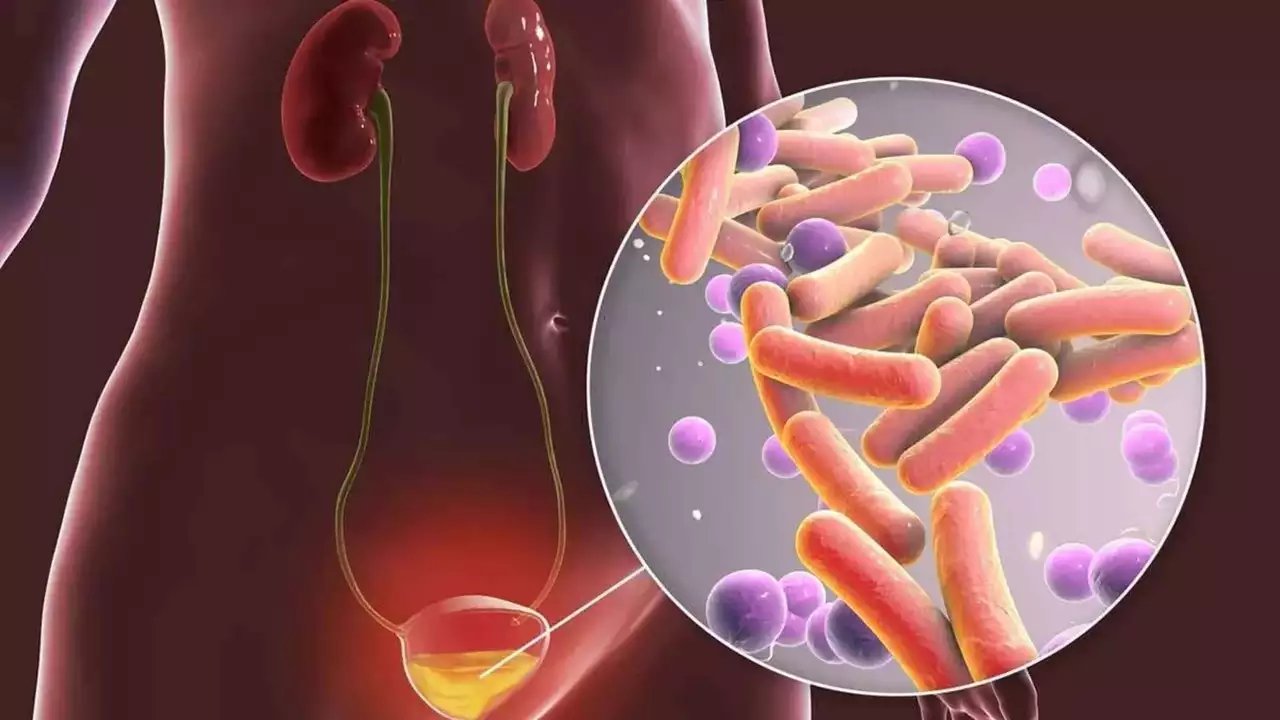
Causes :
- Bacteria : The most common cause is bacteria from the gastrointestinal tract, such as Escherichia coli (E. coli). Other bacteria, fungi, or viruses can also cause UTIs.
- Sexual Activity : Can increase the risk of UTIs, particularly in women.
- Anatomical Issues : Structural abnormalities in the urinary tract can contribute to infection risk.
- Urinary Retention : Incomplete bladder emptying, often due to obstruction or neurological issues.
- Immune System Issues : Conditions that affect immune function may increase susceptibility.
Hypertension
Hypertension, or high blood pressure, is a chronic medical condition where the force of the blood against the artery walls is consistently too high. It's a major risk factor for heart disease, stroke, kidney disease, and other health problems. Managing hypertension involves a combination of lifestyle changes and, if necessary, medication. Regular check-ups with a healthcare provider are important to monitor blood pressure and adjust treatment as needed.
Causes :
- Primary (Essential) Hypertension : No identifiable cause; develops gradually over many years.
- Secondary Hypertension : Caused by an underlying condition such as kidney disease, hormonal disorders (e.g., hyperthyroidism), certain medications, and other health issues.
Symptoms :
- Often called the "silent killer" because it usually has no noticeable symptoms.
- In some cases, severe hypertension can cause headaches, shortness of breath, nosebleeds, or anxiety, but these symptoms aren't specific and usually don't occur until high blood pressure has reached a severe or life-threatening stage.

Heartattack
A heart attack, also known as a myocardial infarction, occurs when the flow of blood to a part of the heart is blocked for a long enough time that part of the heart muscle is damaged or dies. This is usually due to a blockage in one or more of the coronary arteries caused by plaque buildup (atherosclerosis).
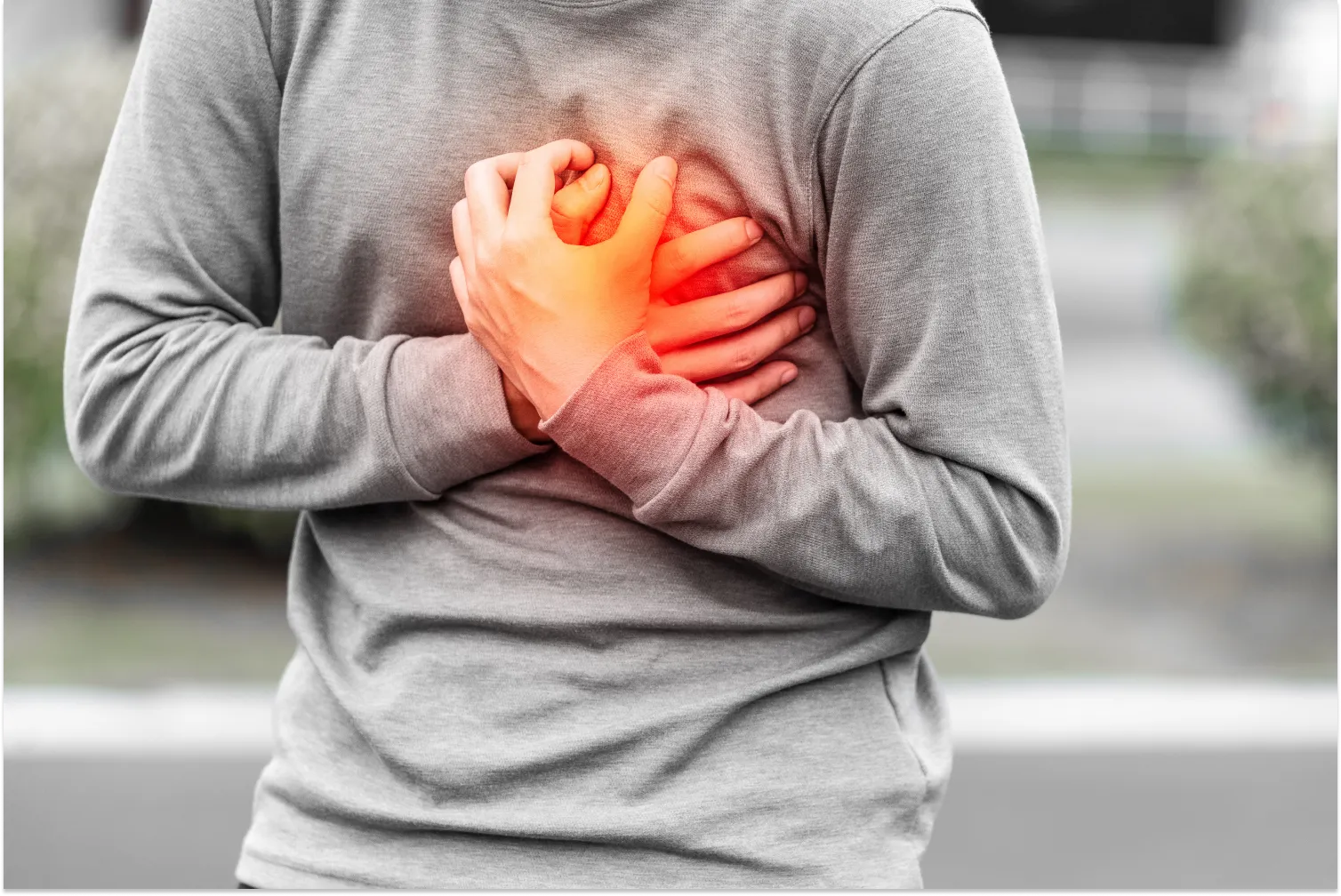
Causes :
- Coronary Artery Disease (CAD) : The most common cause, where arteries become narrowed or blocked due to plaque buildup.
- Spasm of a Coronary Artery : A temporary tightening of the muscles within the artery wall.
- Rare Causes : Such as tears in the artery wall (spontaneous coronary artery dissection).
Diagnosis :
- Electrocardiogram (ECG) : Measures electrical activity of the heart and can detect heart muscle damage.
- Blood Tests : Measure cardiac enzymes that indicate heart muscle damage.
- Echocardiogram : Ultrasound imaging to assess heart function and damage.
- Coronary Angiography : Imaging to see blockages in coronary arteries.
Stroke
A stroke, or cerebrovascular accident (CVA), occurs when the blood supply to part of the brain is interrupted or reduced, leading to brain cell damage. This interruption can be due to either a blockage or a rupture in the blood vessels supplying the brain. Understanding and addressing stroke risk factors, recognizing symptoms early, and seeking prompt medical attention are essential for improving stroke outcomes and reducing long-term complications.
Types of Stroke
- Ischemic Stroke : Caused by a blockage in a blood vessel supplying the brain. Occurs when a blood clot (thrombus) forms in one of the arteries supplying blood to the brain.
- Hemorrhagic Stroke : Caused by a rupture in a blood vessel in the brain, leading to bleeding (hemorrhage). Bleeding occurs in the space between the brain and the tissues covering it.
- Transient Ischemic Attack : Often called a "mini-stroke," a TIA is caused by a temporary blockage of blood flow to the brain. Although the symptoms are similar to those of a stroke, they are temporary and usually resolve within a few minutes to hours. However, a TIA is a warning sign of a potential future stroke.

Thyroid
The thyroid is a small, butterfly-shaped gland located in the front of the neck, just below the Adam's apple. It produces hormones that regulate the body's metabolism, energy levels, and overall hormonal balance. Thyroid disorders can result from either overproduction or underproduction of thyroid hormones. Regular thyroid function tests, especially if you have a family history of thyroid disorders or other risk factors. Adequate dietary iodine intake (important for thyroid hormone production). Regular follow-ups and monitoring for those diagnosed with thyroid conditions. Adhering to prescribed treatments and making necessary lifestyle adjustments. Understanding thyroid disorders and seeking prompt medical attention for symptoms can help manage these conditions effectively and improve quality of life.

Conditions such as Hashimoto's thyroiditis and Graves' disease, where the immune system mistakenly attacks the thyroid gland. Iodine is essential for the production of thyroid hormones. Inadequate iodine can lead to thyroid dysfunction. Removal of part or all of the thyroid gland can lead to changes in hormone levels. Depends on the specific disorder and may include hormone replacement therapy, anti-thyroid medications, radioactive iodine, or surgery. Regular monitoring and follow-up care are essential for managing thyroid health effectively. Typically involves blood tests to measure thyroid hormone levels (TSH, T4, T3), imaging tests (ultrasound, CT scan), and biopsies if needed. Thyroid description provides a comprehensive overview of thyroid function, causes of thyroid disorders, symptoms, and approaches to diagnosis and treatment.
Jaundice
Jaundice is a medical condition characterized by the yellowing of the skin, eyes, and mucous membranes. It occurs due to an excess of bilirubin, a yellow pigment produced during the breakdown of red blood cells, in the bloodstream. Normally, bilirubin is processed by the liver and excreted in bile, but when this process is disrupted, jaundice can occur. Jaundice is a symptom rather than a disease itself, and its treatment requires addressing the underlying cause. Early diagnosis and appropriate management are essential for effective treatment and preventing complications.
Causes of Jaundice :
- Hemolysis : Increased breakdown of red blood cells leading to excess bilirubin production. A genetic disorder affecting the shape and lifespan of red blood cells.
- Hepatic Jaundice : Impairments in liver function can affect bilirubin processing. Scarring of the liver tissue, often due to chronic alcohol use or hepatitis.
Symptoms :
- Yellowing of the Skin : Typically begins on the face and can spread to the rest of the body.
- Yellowing of the Eyes : Particularly noticeable in the sclera (the white part of the eyes).
- Dark Urine : Urine may appear brownish due to excess bilirubin.

Cholesterol
Cholesterol is a waxy, fat-like substance found in all cells of the body. It is essential for the production of certain hormones, vitamin D, and bile acids that help digest fat. However, having high levels of cholesterol in the blood can increase the risk of developing cardiovascular diseases, including heart disease and stroke. Managing cholesterol is crucial for maintaining heart health and reducing the risk of cardiovascular diseases. Regular monitoring and adherence to lifestyle changes and medications, if prescribed, are essential for effective management.
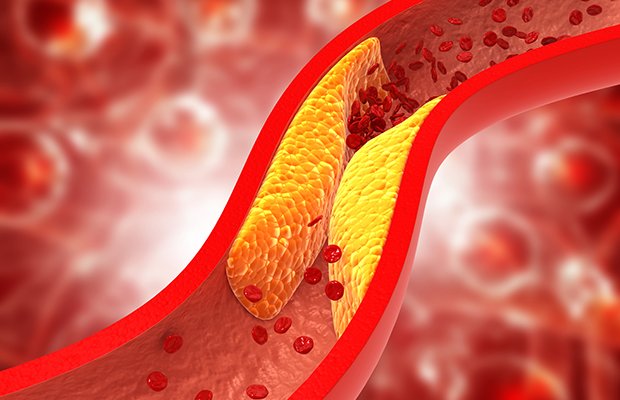
Types of Cholesterol
- Low-Density Lipoprotein (LDL) Cholesterol : Carries cholesterol from the liver to the cells. High levels of LDL cholesterol can lead to plaque buildup in the arteries, which can cause atherosclerosis (hardening and narrowing of the arteries).
- High-Density Lipoprotein (HDL) Cholesterol : Transports cholesterol from the cells back to the liver, where it is processed and removed from the body. High levels of HDL cholesterol can help reduce the risk of heart disease.
- Very Low-Density Lipoprotein (VLDL) Cholesterol : Primarily carries triglycerides (another type of fat) in the blood. Elevated levels of VLDL can contribute to plaque buildup in the arteries.
